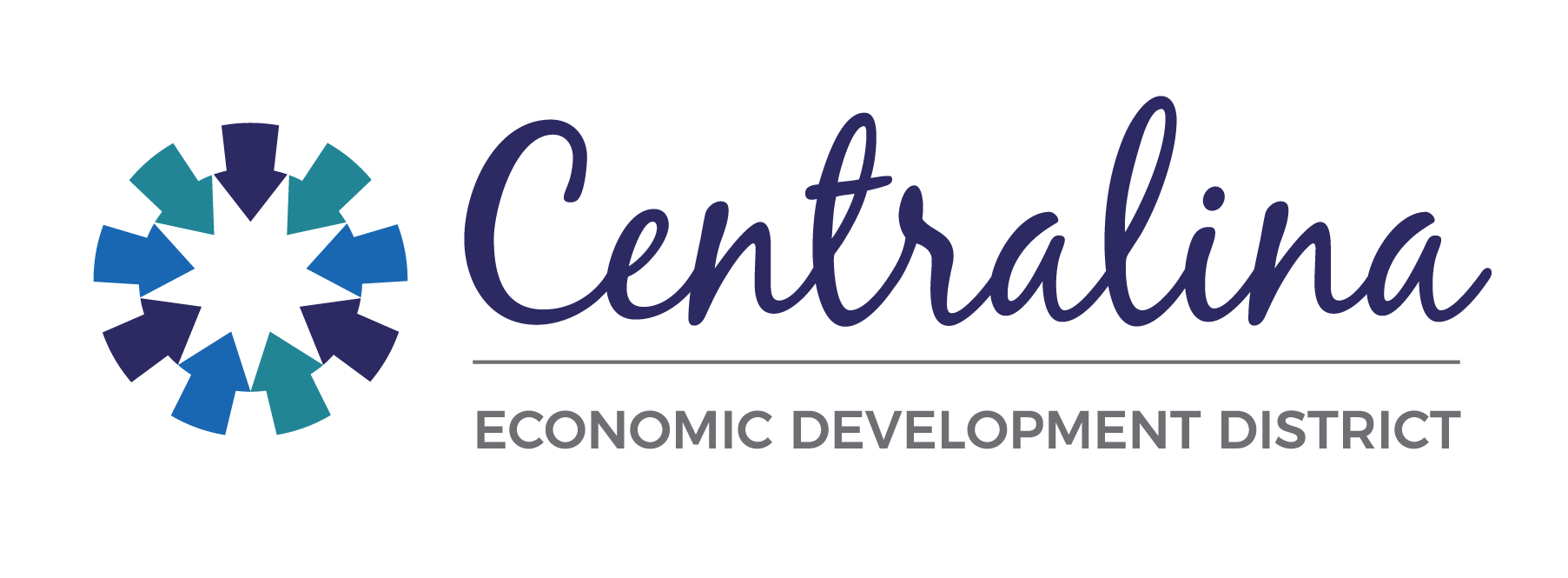On February 15, 2024, the Centralina Economic Development District guided an interactive discussion between economic developers, child care providers and local government employees and officials to develop actionable solutions and uncover best practices. See below for the resources that were presented at the event. Click here to view the slides from that presentation.
Child Care and the North Carolina Economy
At the core of economic development is a valuable commodity that is often overlooked: childcare. It’s like a secret ingredient enhancing the flavor of our communities for today and the future. Recently, the Centralina Economic Development District hosted a pivotal discussion with regional childcare partners, focusing on the role of childcare in the North Carolina economy. To help better understand the complexity of the issue, the event sought to unravel the urgency of the childcare crisis while sparking actionable strategies for local governments, economic development organizations and their allies.
Burden of Cost
Across North Carolina, young families grapple with the problem of childcare costs. In our region, annual expenses vary dramatically, ranging from $5,051 for a school-age child to a staggering $15,538 for an infant. These figures represent the stark reality faced by families trying to provide a basic necessity for their children. What’s even more concerning is that childcare emerges as one of the most significant financial hurdles families must face, and it often comes during the early phases of a parent’s career, when earnings tend to be lower. With annual costs for infant care averaging $11,467, it surpasses the expense of in-state tuition at a 4-year North Carolina public college, standing at $7,354. The disparity is glaring and emphasizes the financial strain that affects numerous households across the state.
In addition, while Federal ARPA funds have offered temporary relief, totaling $1.3 billion since 2021, this lifeline is set to expire in June 2024. The subsequent decrease in federal funding to $400 million casts uncertainty over the childcare landscape in North Carolina.

Workforce Challenge
Childcare programs are dealing with issues of retaining teachers and maintaining operational stability. Early childhood educators, earning approximately $14 per hour, find themselves at a crossroads. The lure of higher wages in the retail sector, ranging from $18 to $20 per hour, paired with comprehensive benefits packages, draws many educators away from the profession. This constant departure threatens not only the strength of the childcare workforce but also the quality of care provided to our children.
Government Action and Community Resilience
In the face of these challenges, local and county governments must rise to the occasion. They must recognize early care and education as critical components of the infrastructure necessary for their community to prosper and thrive. By embedding a culture of family-friendliness into planning policies and practices, they can pave the way for a brighter future. Additionally, it’s imperative for governments and community leaders to proactively identify and address barriers that hinder access to childcare services and increase rising costs. Collaboration between government entities, childcare providers, and community stakeholders is essential to forging a path forward that prioritizes the well-being of our children and the sustainability of our economy.
The childcare crisis in North Carolina is not just a financial concern; it’s a public priority that demands attention and action. As we continue to promote economic growth, it is crucial to not overlook the foundational role childcare plays in shaping the future workforce and fostering community resilience. Together, through collaboration and commitment, we can nurture a brighter tomorrow for generations to come.
Curated Child Care Resource Links for Communities in the Centralina Region
REGIONAL
Child Care Demographic Fact Sheets for Each Centralina County (might be slow to load)
- Child Care: Nurturing Growth (.pdf)
- Child Care Resources Inc.
- Contacts for Smart Start locations in Centralina Region and Presenters at Role of Child Care in NC Economy Event.
- NC Child Care Resource & Referral Council
- Region 6 Child Care Demographics – Interactive Maps
- Safe Siting of Child Care Facilities for local government planners (Centralina Learns Webinar)
- Smart Start in Your Community
- The Role of Child Care in North Carolina Economy presentation (.pdf)
- The Role of Child Care in North Carolina Economy Video Recording
STATE
- Family Forward NC Workplace Guide
- NC Chamber Foundation Child Care Survey Findings
- Child Care in State Economics 2019 Update
- First Five Years Fund 2023 NC State Fact Sheet





